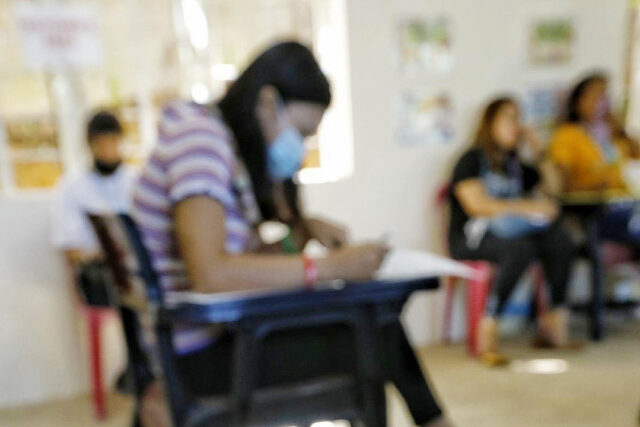New Marcos press secretary wants ‘active role’ in messaging in South China Sea row
PRESIDENT Ferdinand R. Marcos, Jr.’s new communications chief vowed to take an active role in the administration’s messaging efforts including those involving the West Philippine Sea and infrastructure projects
Senior Undersecretary for Strategic Communications Cesar B. Chavez took his oath as Secretary of the Presidential Communications Office (PCO) on Thursday, replacing a former journalist who has been appointed to a non-related office.
“I’ll take an active role in messaging and communicating on our policies related to the West Philippine Sea,” he told reporters at the presidential palace after his oath, referring to parts of the South China Sea that fall within the Philippines’ exclusive economic zone.
“I’ll also focus on bringing you the news, you can also scrutinize the infrastructure projects of the President,’’ he added.
Mr. Chavez previously worked as Transport undersecretary for railways, having been able to defend some of the government’s flagship infrastructure projects in Congress.
He also became a deputy administrator of the Light Rail Transit Authority (LRTA).
The new appointee said he was tapped as early as August 2022 to lead the PCO but he wanted to focus at that time on helping the President “be the champion of infrastructure projects.”
Responding to “sari-sari” (various) stories will not be the Marcos administration’s legacy, Mr. Chavez noted, adding that the President will be judged on infrastructure projects he advanced.
“The best spokesperson, salesperson of this government is still the President, but I’ll be helping the President and our team to explain the interconnectedness of policies, especially those policies that will require more information campaign, more discussions,” the new PCO chief said.
DIGITAL HOTLINE
Mr. Chavez said his office has created a digital hotline to ensure that suspension of government work and classes is made before 4 a.m.
The hotline is composed of several offices such as the Office of the President, Office Executive Secretary, Office of Civil Defense, state weather bureau Pagasa, the Department of Interior and Local Government, and Metropolitan Manila Development Authority, among others.
The team will strive to come up with a decision on whether or not the government should suspend classes and work as early as evening, Mr. Chavez said.
Meanwhile, the new PCO chief vowed to make presidential events open to various press corps.
“We welcome everyone.”
Mr. Chavez said his main task is to “communicate for the presidency, to communicate for the government and to communicate for the state.”
“This is not an undertaking of the PCO, this is an undertaking of the entire government bureaucracy.”
His predecessor Cheloy Velicaria-Garafil, a lawyer and a former journalist, has been appointed to the Manila Economic and Cultural Office, which handles ties with Taiwan. — Kyle Aristophere T. Atienza












